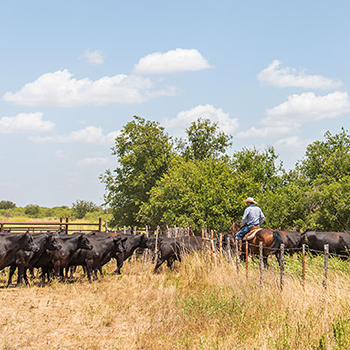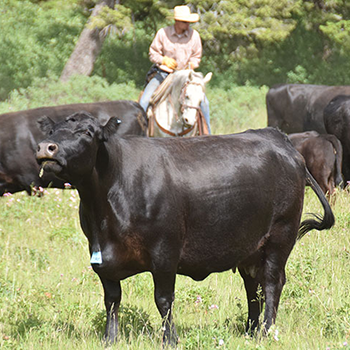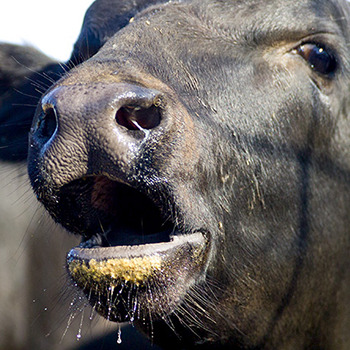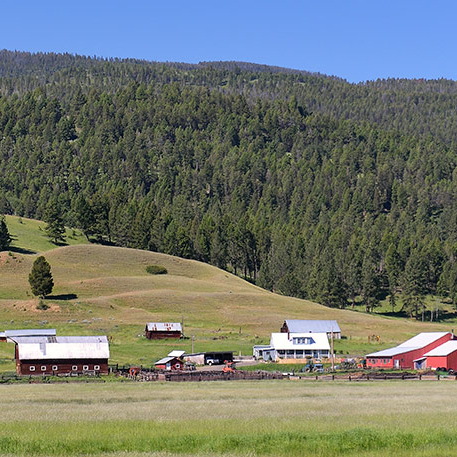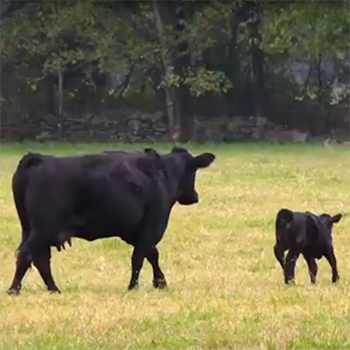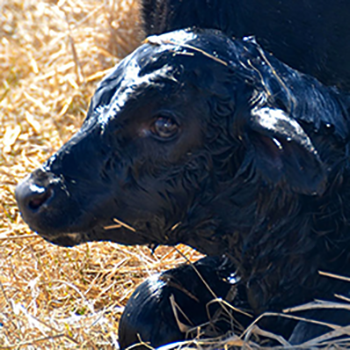
Cull-Cow Prices and Prospects
A look at factors influencing cull-cow prices.
For the last full week of August, as reported by USDA’s Agricultural Marketing Service (AMS), the national price of live cull-cows sold directly to packers was $57.65 per hundredweight (cwt.), which was about $2 per cwt. above 2019’s. That price was more than $15 per cwt. below the prior 5-year average (2014-2018).
Prices in some areas of the United States have moved lower during August. For example, auctions in western Kansas began the month at $58.25 per cwt. and ended at $42.71 per cwt. That market strengthened week-over-week in early September to $50.87 per cwt. Generally, year-over-year increases in cull-cow prices are expected for the balance of this year and throughout next year.
Both supply and demand economic forces are at work in the cull-cow market. The seasonal price pattern shows the lowest prices in the last two months of the calendar year, when most U.S. cow-calf operations cull cows. Typically, U.S. prices begin to erode quickly in late September and continue dropping throughout November.
Within the seasonal cow slaughter pattern, it is essential to look for nontypical changes. For beef cows, that is usually associated with long-term (multiyear) drought. Surges in dairy herd culling are driven by stressed milk producer margins. For the next few months, cow slaughter levels could rise if milk prices collapse. Of course, dramatic year-over-year seasonal slaughter increases tend to lower cull-cow prices (if harvest decreases, prices rise).
Besides cull-cow supplies influencing the market, there are more dimensions to consider. First are beef imports, especially from countries like Australia and South America, which sell lots of lean beef from nonfed animals (i.e., cows, bulls, grass-fed). In recent years, drought in Australia has caused large U.S. beef imports. But, that situation has improved.
With the large cow-slaughter levels of recent years, there has been a lack of harvest capacity, especially in some regions of the United States. That will become a less-critical factor depressing prices if culling rates begin to subside as expected.
Finally, Livestock Marketing Information Center (LMIC) is forecasting some strength in fed-cattle prices, which tends to be supportive of cull-cow prices, too.
Editor’s note: “Current Situation and Analysis” for Sept. 3 reprinted with permission from www.lmic.info.

